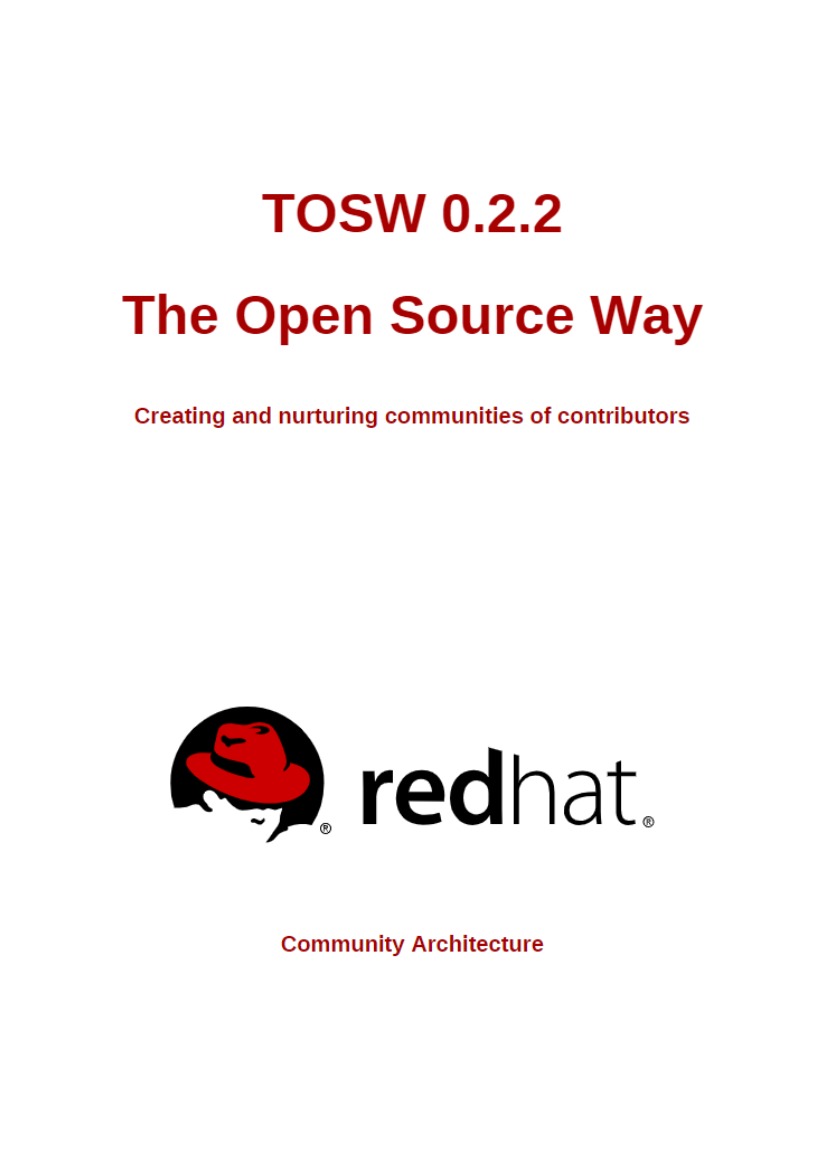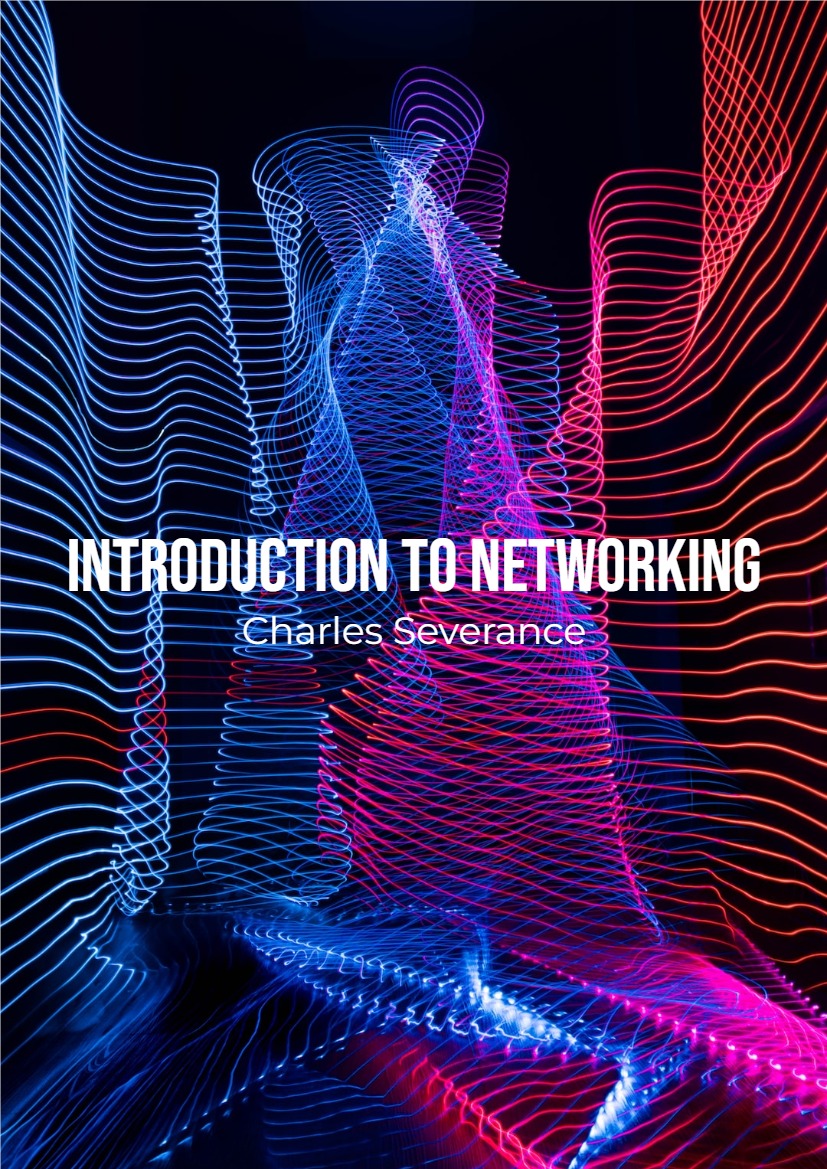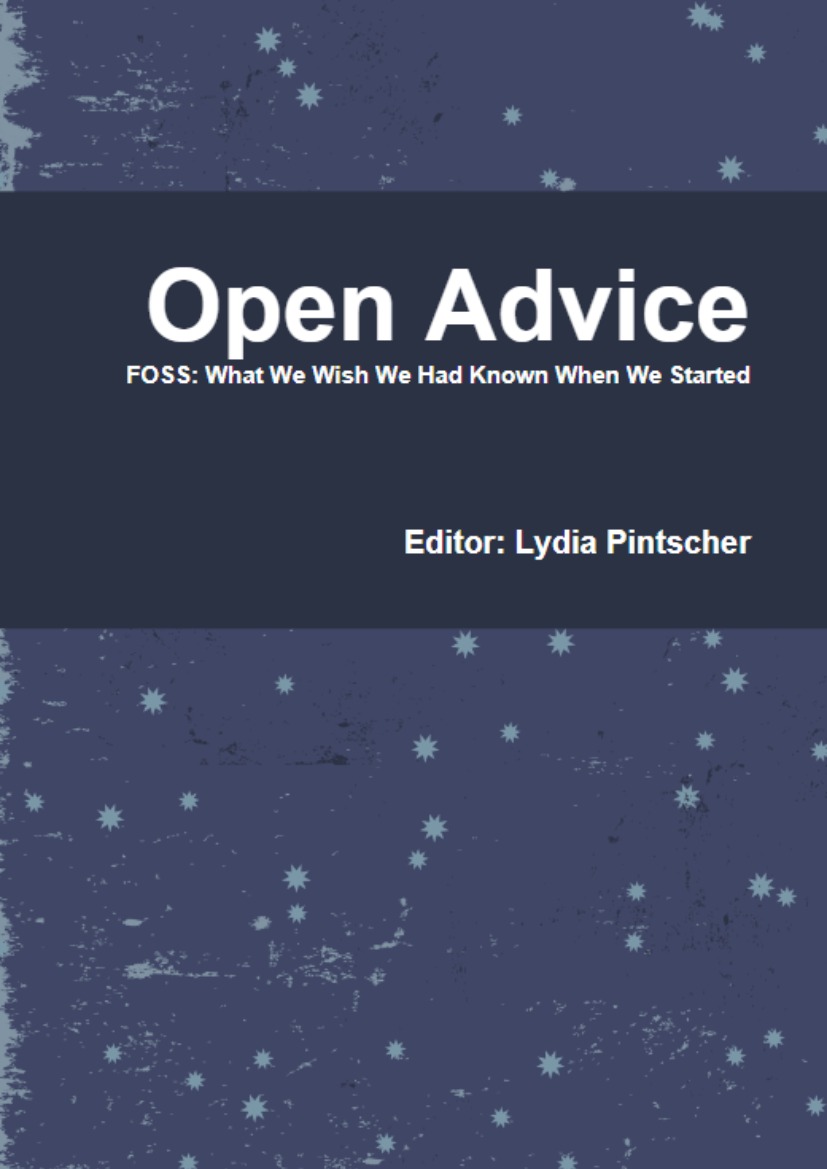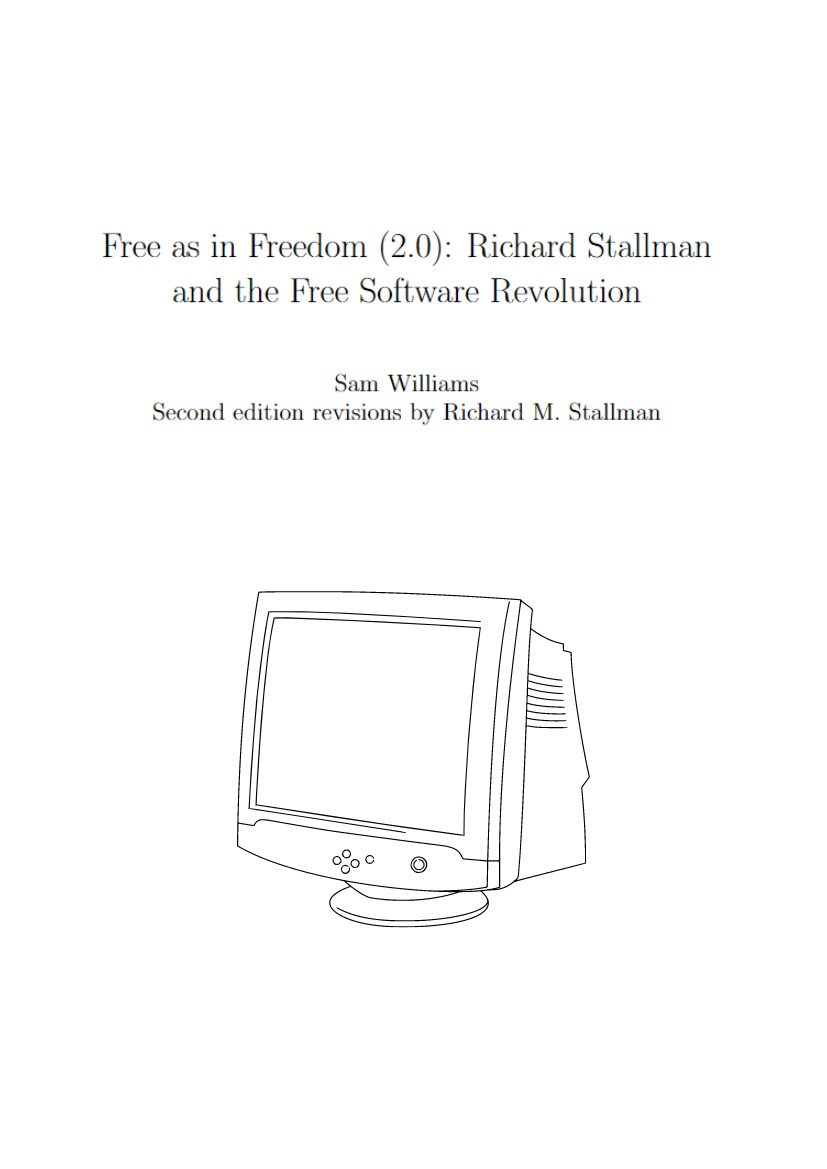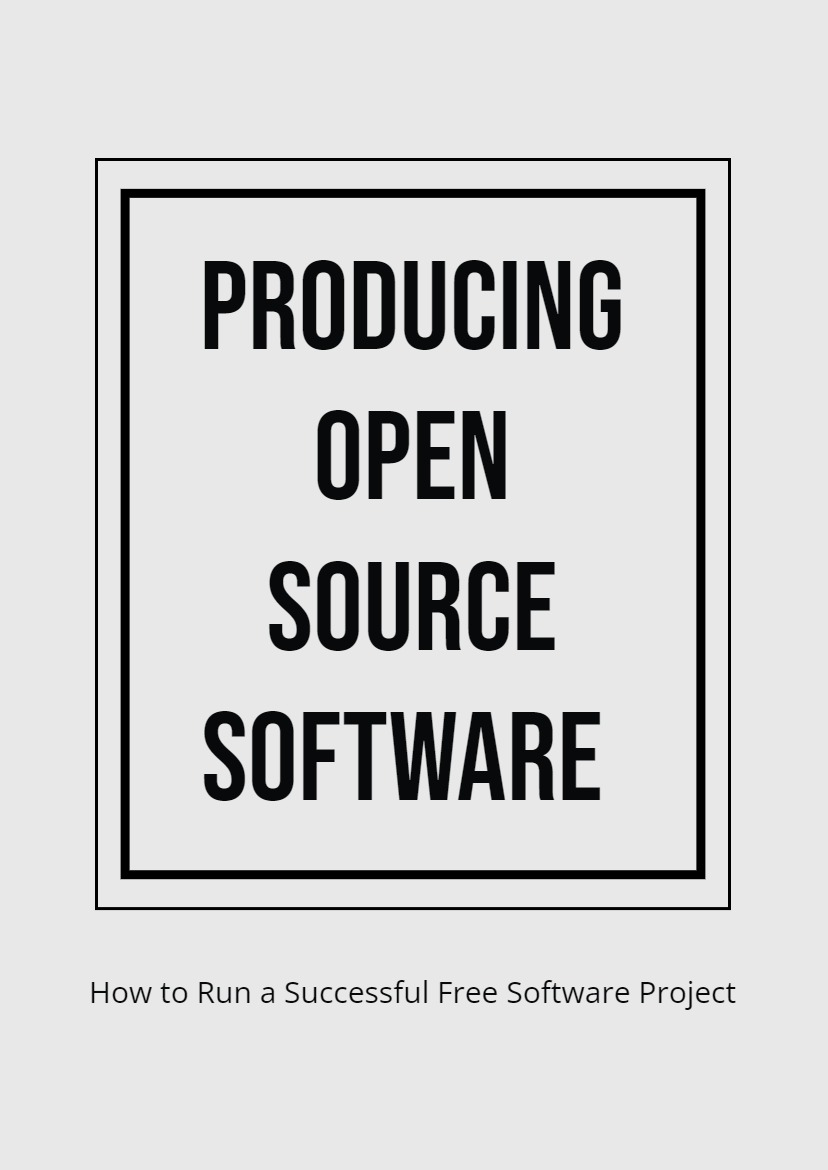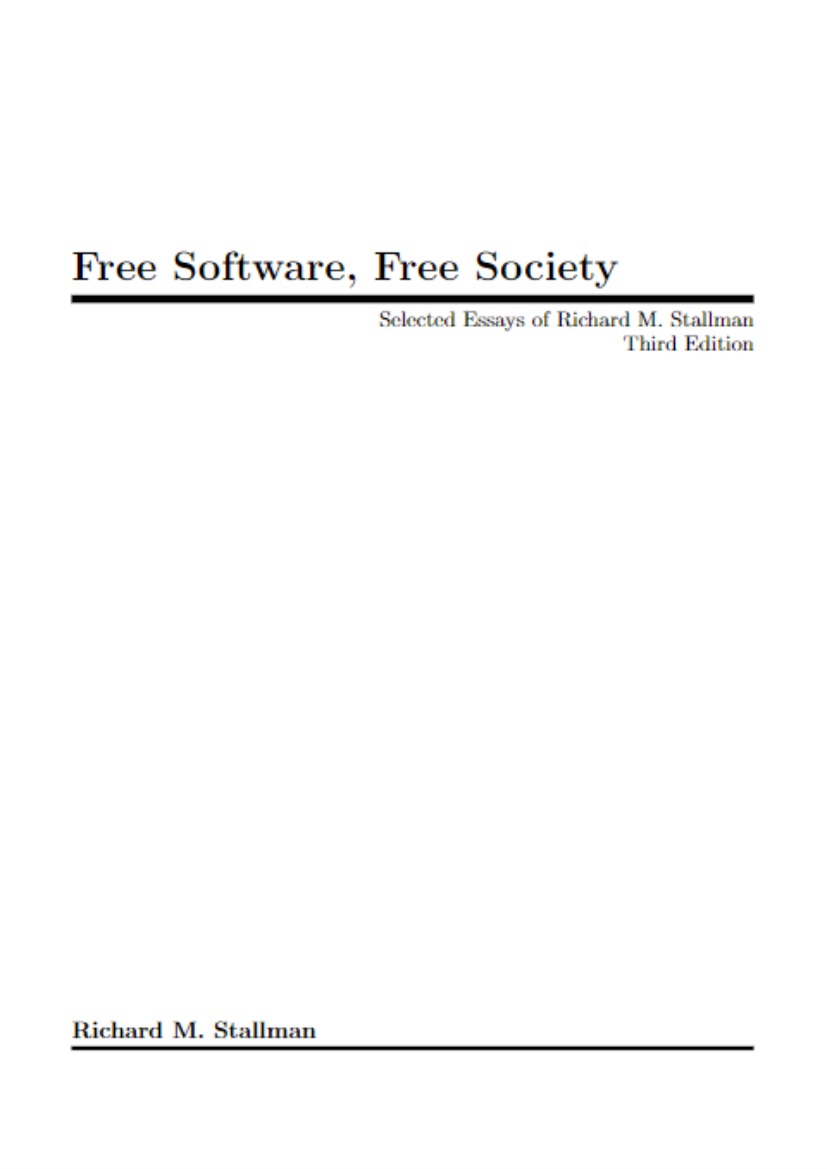Open source as an alternative for small businesses
By Aseem Sharma (originally published February 2014)
Is it safe to use? What alternatives do I have? Is it easy to install?
These were some of the questions asked by Amandeep, a New Delhi based owner of a small scale clothing company, when I pitched to him a few open source solutions that could make his day-to-day operations more efficient. For someone without any IT background (but a sharp business sense), these were brilliant and relevant questions. The answers to these questions won’t just help Amandeep, but if shared broadly may help reduce the apprehension of a significant number of small scale business owners, especially in India. My interactions have shown that a lot of these businesses are looking to grow, enhance their productivity, and most importantly, save costs.
Approximately 7,500 miles away from Amandeep in New Delhi lives Nabeel Hussain. Nabeel, a graduate of Conrad Business, Entrepreneurship and Technology Centre, is a new product development and digital marketing specialist actively engaged in Waterloo, one of the top entrepreneurial ecosystems in the world. As an entrepreneur, he is always faced with the challenge of managing limited resources while building traction. He has a plethora of technology solutions at his disposal, and the technical know-how to utilize these solutions. Additionally, he has a robust support system to advise and guide him to the best available solution that fits his needs. For Nabeel, open source solutions provide an inexpensive alternative for crafting early stage prototypes for his ideas and validating them with customers. From using WordPress and its library of plugins, to venturing into OpenShift Origin and Joomla, he has the knowledge to make use of top notch technology to reduce risk, manager resources, and build traction for his venture.
These two different scenarios indicate a categorical gap in the knowledge of entrepreneurs when it comes to adopting open source solutions. Although there is some geographic gap between the entrepreneurs in the developed and the developing world, as well as a gap that spawns from business exposure/experience, the problem is wider than that. There is a difference in productivity and efficiency between entrepreneurs who utilize open source solutions and those who do not. The situation becomes clear when we look at those small scale business owners who are technology pros versus those who are not.
A significant number of businesses, in India in particular and in the developing world in general, are of a mom-and-pop business nature. Based on my recent interactions with these small scale business owners, I see widespread misconceptions pertaining to open source software. The questions that Amandeep from New Delhi asked me are critical in nature. In order for small scale businesses to adopt open source solutions, it is vital to address these misconceptions.
Is open source software really safe?
The question arises from the basic process that is followed to write code using open source way. If any hacker can read your code, then why can’t they use the knowledge to their personal benefit? Most of those sorts of malicious attempts fail because there are a lot of committed people looking over the source code, finding problems, and fixing them. More eyes tame bugs quickly. And security by obscurity is no security at all. What strikes me at this point of time are the words of security expert Bruce Schneier, “Public security is always more secure than proprietary security…For us, open source isn’t just a business model; it’s smart engineering practice.”
I know a lot of people involved at different levels of open source projects. All of them are driven by their commitment to reach technical and professional excellence, and to add to the existing body of technology knowledge. The entire ecosystem of open source is built on that commitment. The Linux operating system, for example, with its proven track record of stability and security, forms the backbone of complex infrastructures and data centers world over. The same benefits that help Linux and other open source tools succeed at the enterprise level can be reaped by small businesses, too.
A couple of months back, I read Thomas Friedman‘s The World is Flat. An otherwise helpful and insightful book, the author seems to host a thought process that open source is contrary to the developers’ right to make a profit. A lot of people who think that way do not see the forest for the trees. They see free software, they see Linux, but they miss the multi-billion dollar ecosystem that surrounds open source. Its true that Brian Behlendorf, the person who orchestrated Apache web server, did not make a dime off it, but the immense value that this server has added to the economy and the legions of small to medium size businesses that use this infrastructure is an important contribution. Free software developed by a community is not tantamount to insecurity.




